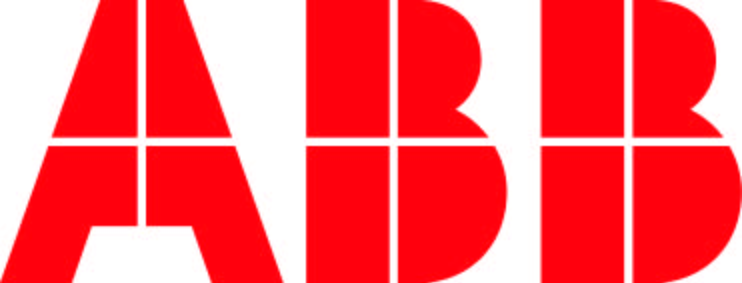RobotX Research Program
ETH Zurich has launched the RobotX Research Program to further expand research and education in the area of mobile robotics and manipulation. Within this framework, a long-term research program can be established aiming at bringing together competences from academic and industrial research with the goal to make the robots conscious about their environment and capable to move around, make decisions and perform tasks in an autonomous manner.
The program is structured around annual calls that will support research projects from ETH RobotX Initiative research groups.
